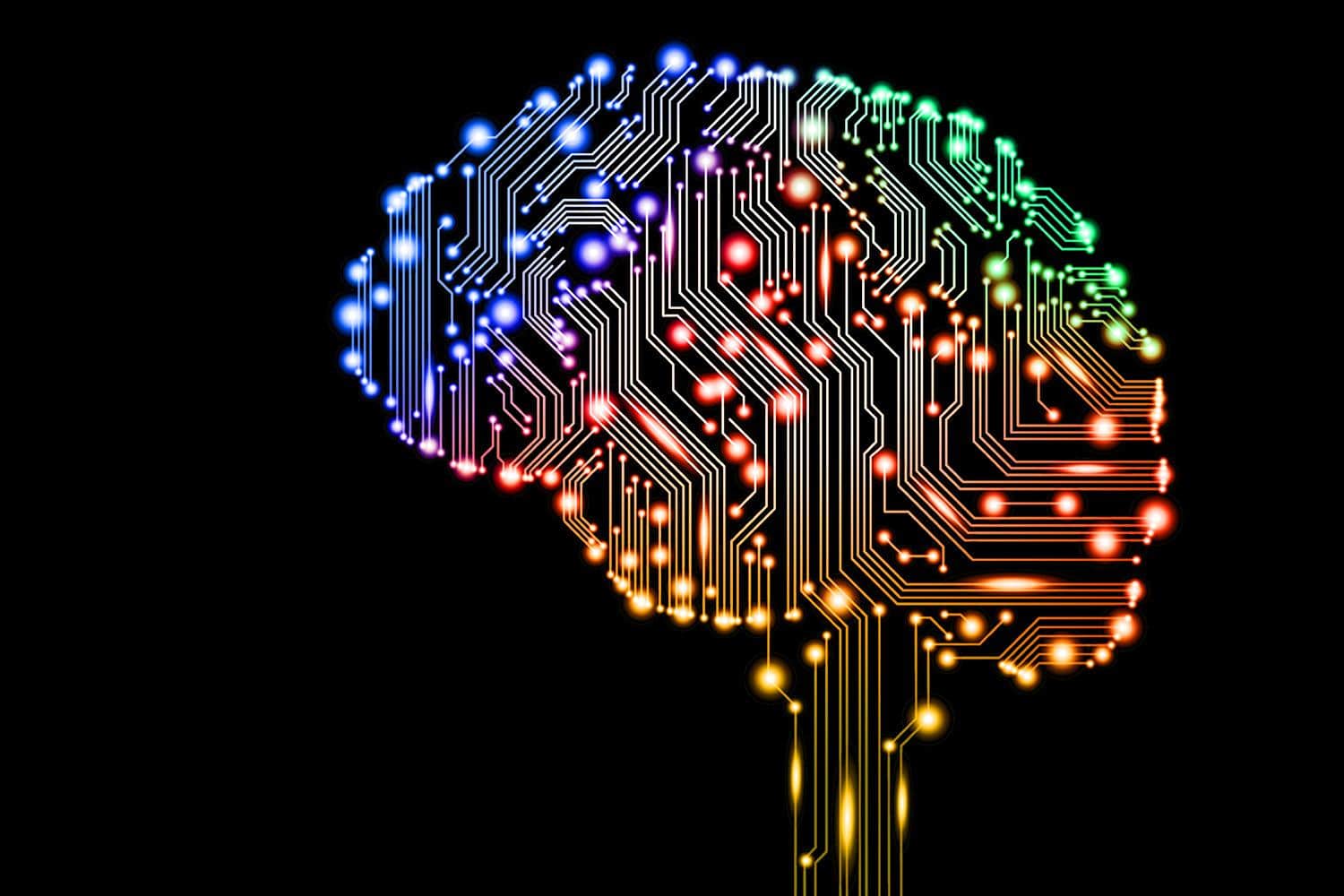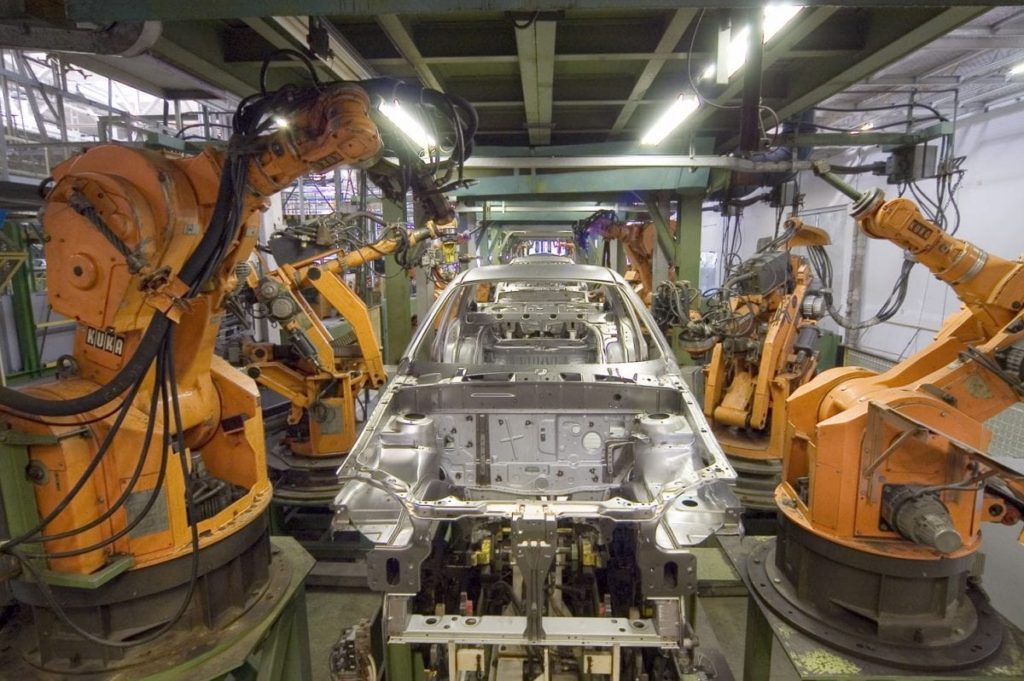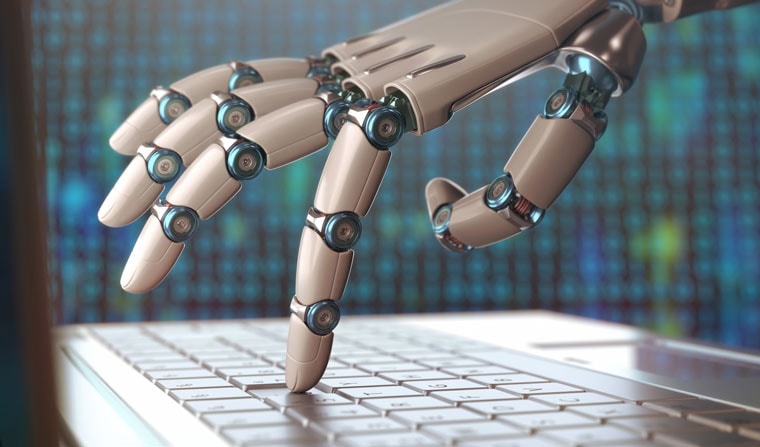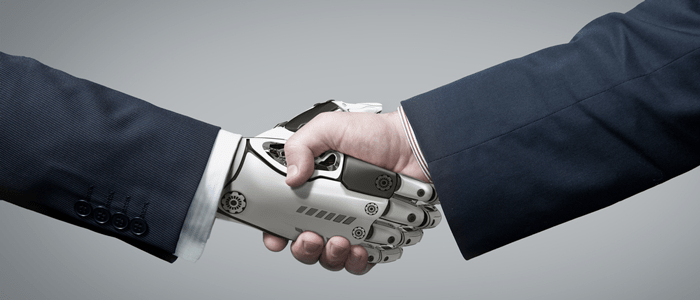Today we have something a little different for you: a guest post from Cameron at SelectJobs, in which he explores Artificial Intelligence and the repercussions this could have on the job market of today. Enjoy!
Although AI, Robotics and Automation have been around for a while in certain sectors, it seems as if only recently their true potential has been shown in the media. Whether it’s a new robot development to aid a manufacturing process, or an AI bot to speed up customer service enquiries, the question that just keeps coming up is: ‘What will happen to the jobs that they’re taking?’
In short, and although it’s hard to estimate a scale, not a lot. What we’re seeing is a future shift in demand for certain types of candidates. For each company that replaces a customer service team with an army of AI Bots, another company will be hiring developers and engineers to create, support and maintain said bots. For every manufacturing firm that replaces a team of staff with state-of-the-art assembly robots, another company will be sending out employees to install and maintain them.
“By 2030, 25% of travel through Dubai will be automated.”
“1.3 million industrial robots to enter service by 2018”
Changes and innovations within any sector will cause shifts in the markets in their supply chain. Adaptation within these markets will mean a shift in demand for certain types of candidates.
The questions being posted throughout social media shouldn’t read ‘Why are robots taking our jobs and leaving us unemployed?’, but instead ‘For each job lost through a new product innovation, how many other jobs are being created?‘
By calculating this answer (which, admittedly, will take a lot of time, guesstimation and extrapolation!), not only will there be a greater confidence in the current employment trends, but we may avoid a situation in which technology has advanced at a rate which is quicker than we can supply skills to maintain it, and we can understand and start to implement processes that’ll ensure we can provide the talent to feed the shift.
When understanding the effect that Robotics, AI and Automation will have, ironically, we will simply need to think (which will soon be done for us!), and reverse-engineer the process we’re expecting to see over the next 20-30 years. Cast your imagination to a manufacturing plant composed of autonomous robots and AI software. Now, overlook the operation, and understand what needs to be done to ensure things run smoothly.
First of all, we’d look at Quality Control (QC). Robots may run millions of products off in a year, but can they examine the detail and quality level of a finished product, and suggest improvements within a process, or adjust? Probably not without human intervention. “QC Manager”
Next, consider for example Operations Management? Chances are, these robots will all be working as part of a chain. They’ll be automated to keep churning out products. Now, let’s say that a malfunction occurs within one robot. The chain is now broken, meaning that any further process implemented by a robot thereafter is obsolete. Now, the operation has to stop, and for processes to improve something needs to hit the big red STOP button, and think of a new strategy. How? Human intervention. “Operations Manager”
Now that the Operations Manager has identified a fault within one of the robots, said robot will need to be fixed and tested. How? Human intervention. “Maintenance Engineer”
Should the robot be beyond repair or maintenance, a new robot will have to be built and installed in its place. This, in turn, enables the supply chain, and in turn, generates a requirement for candidates for such jobs. “Installation Engineer”, “Robot Design & Developer”, “Robot Production Line Engineer”.
There are so many layers when creating a service or a product that if one layer has had a robotic invasion of the workforce, another layer will prosper, be this within the organisation or supply chain. Why have they prospered? They’ve identified and anticipated the future requirements for certain automation, and have implemented processes in which they’re easily able to obtain the relevant talent in order to provide such a change.
Now, you may be asking, how do we prepare for the supposedly apocalyptic talent shift? The answer is surprisingly simple.
Step 1. Liaise with your R&D/Tech team to determine whether or not your organisation will be rolling out or engaging with any form of Machine Learning, Automation, Robotics or AI. This will give you an understanding of the talent shift required in the future within your company.
Step 2. Understand the guidelines required in order to support the AI, Robotics or Automation process, and gather information through numerous channels of what your future candidate will be tasked with, when engaging with the autonomous process your company has implemented. From this, create your candidate profile.
Step 3. Discover and partner with numerous local education bodies, universities and colleges to position your brand clearly in front of the people with the freshest, most recent knowledge: graduates. It’s no secret that technology moves at a rate of knots. You may risk talent becoming outdated or looking for candidates with obsolete skills. Graduates will have the most relevant knowledge of modern AI, Automation & Robotics technology.
Once the partnership is in place, and you’re the center of attention as an employer of choice for recent graduates, enjoy a steady flow of applications from candidates with direct knowledge in line with the most recent technologies you’ll be using as a company.
So, next time you hurt the feelings of a robot and claim it has ‘taken a load of our jobs’, thank it instead. The robot has, in turn, created a few more jobs for humans too. They’re not all that bad, are they?
—
Select Jobs is a UK Job Advertising platform currently listing over 350,000 live Jobs, across all sectors and locations in the UK. Charging only based on what each advert delivers, the platform offers a unique, modern look at advertising jobs.
For both employers and job seekers, Jobboard Finder is the first decision-making toolfor recruitment campaigns and job searches.
Keep up to date with our news articles and receive them directly in your mailbox by subscribing to our newsletter. If there is a particular topic that you would like to see featured on our blog please let us know.
Author: Cara Moore

























« The development of professional live chats





Nice post…!